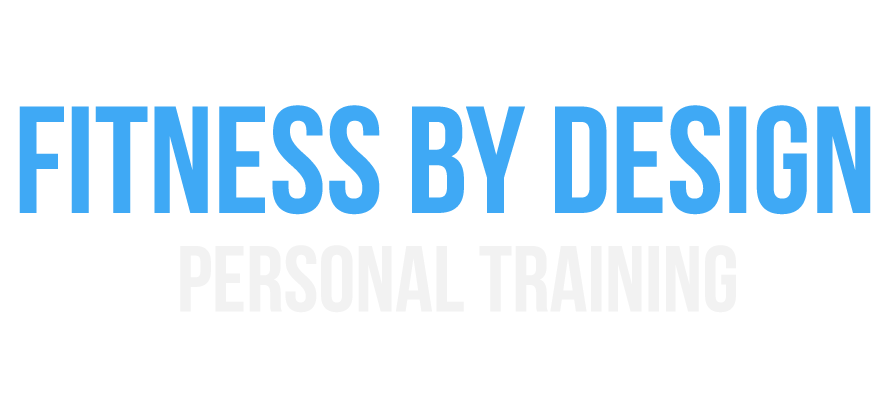Spring is starting, meaning summer is right around the corner. There will be tons of outdoor activities you’ll want to be conditioned for including, for some, the “dreaded” swimsuit weather. To combat weight gained over the winter months many will spend hours on cardio equipment hoping it will do the trick. But doing this, like may have occurred every other year, will result in falling short of health and fitness goals.
The typical desire is to tone up and lose that stubborn belly fat. The reality is that cardio alone will only get you so far. Have you considered adding weight (or resistance) training to your cardio routine? Many haven’t as they are under the assumption that weight training will make them bulky.
Let’s explore the science...
Mitochondria and Metabolism
Mitochondria is the powerhouse of the cell. Mitochondria converts food into energy. Muscles, have many mitochondria to produce energy for quick movement to do work. That being said, if you build more lean muscle mass, you will now need more fuel to aid these muscle fibers.
In other words, you are speeding up your metabolism. This means that even your resting metabolic rate will increase and you will burn more calories simply sitting at work. Even more so, while doing cardio.
Rep Range and Muscle Tone
The amount of reps or “repetitions” is the amount of times you contract the weight from start to finish of each set of an exercise.
Rep ranges play a significant role in muscle development.
- The lower reps (1-8) are for strength gain
- 8-12 are for increasing muscle size (a.k.a. hypertrophy)
- 12-15 is for muscle toning and anaerobic cardio, when teamed with low rest time of 15-30 seconds. This also increases lactic acid threshold.
Anaerobic Cardio (Without Oxygen)
Lactic acid is produced when your body is in an oxygen deficiency. The body needs energy for muscle contractions. For the process to create this energy the body needs oxygen. Once the body is working to the point that it can no longer get enough oxygen it creates lactic acid. Lactic acid is the burning feeling you get while exercising.
Exercise Post Oxygen Consumption
When you elevate your heart rate and need for oxygen, you increase oxygen demands post workout. That means you will increase your metabolic rate and need for calories to be burned, to create energy to provide oxygen and get rid of the lactic acid build up.
In closing, there are a number of different modes and reasons for resistance training but if you choose the correct rep range it can be used to support your weight/fat loss goals.
And that is, Fitness By Design.
